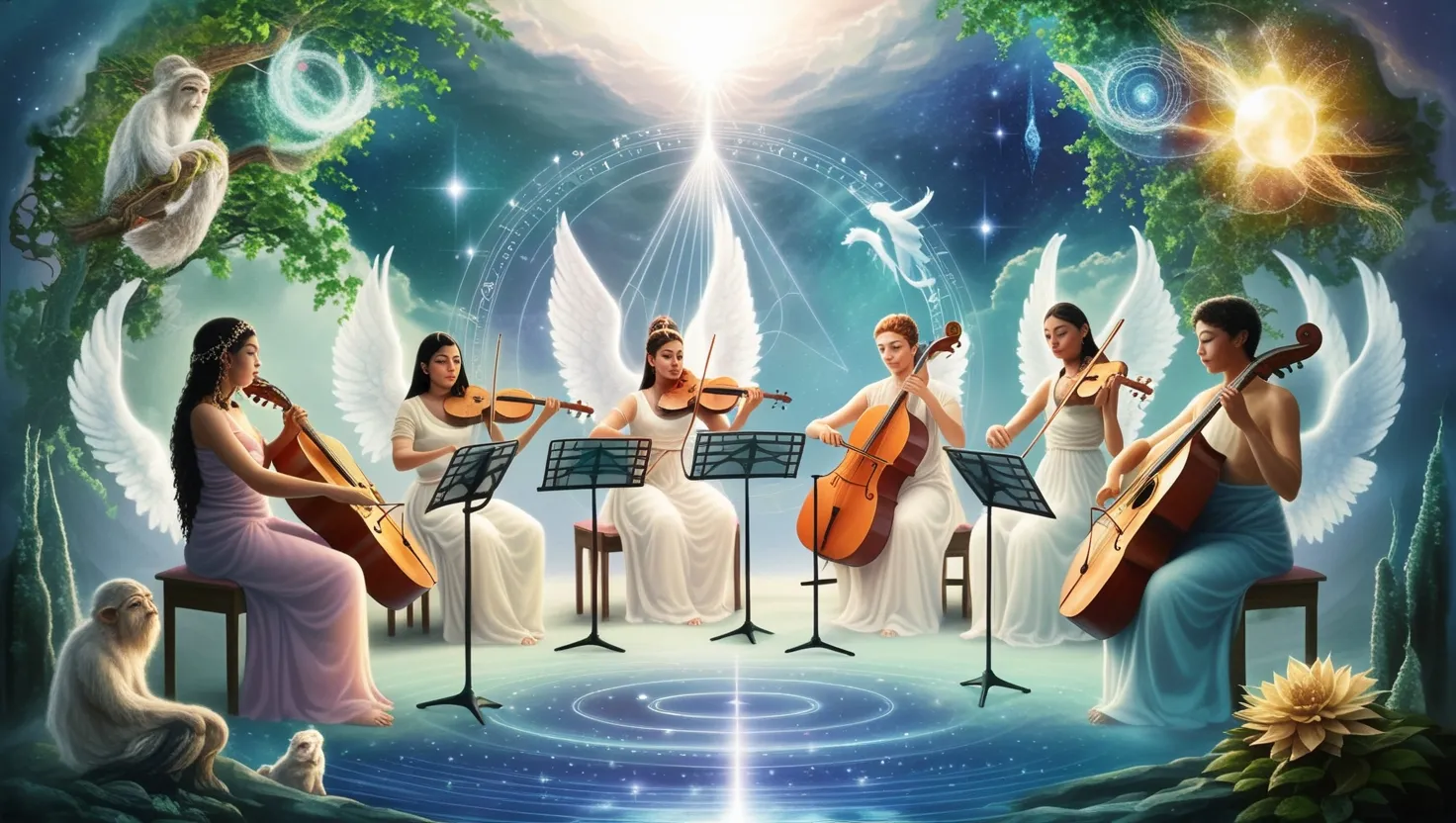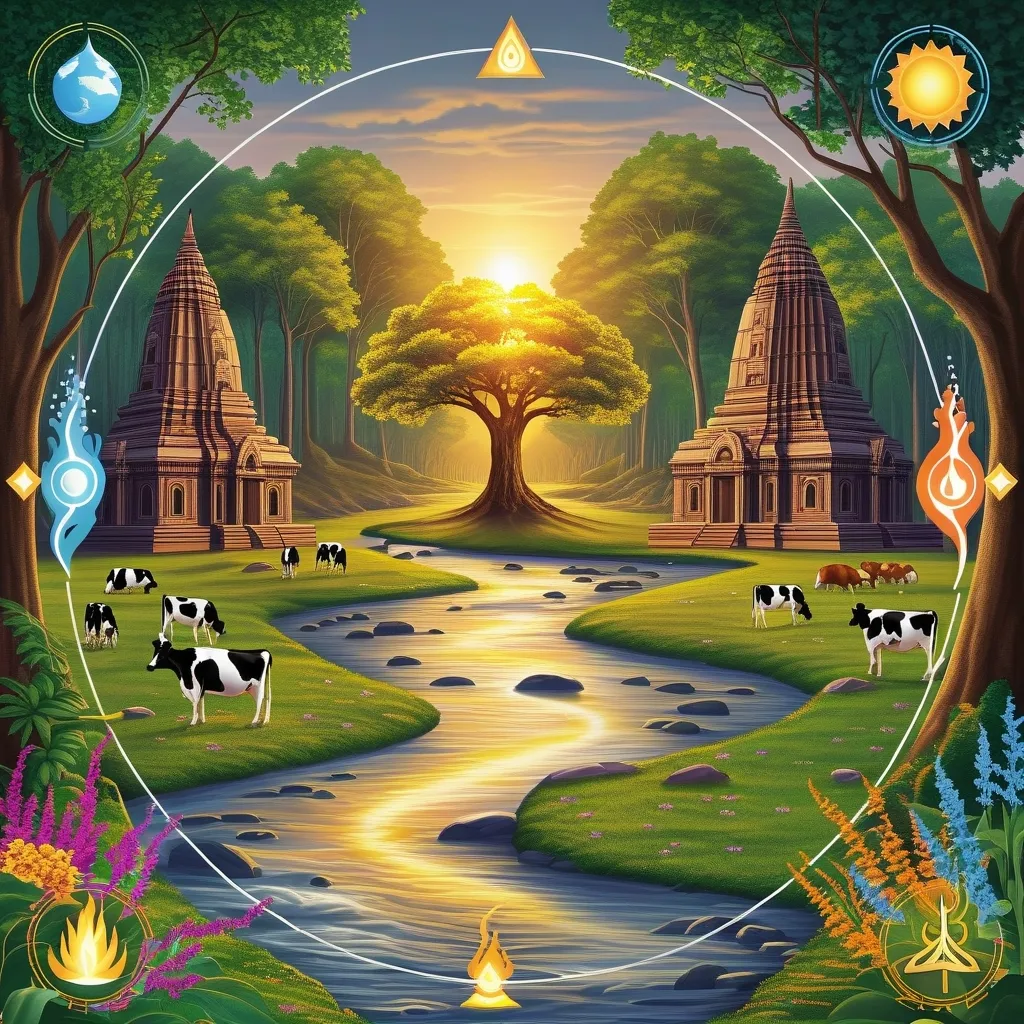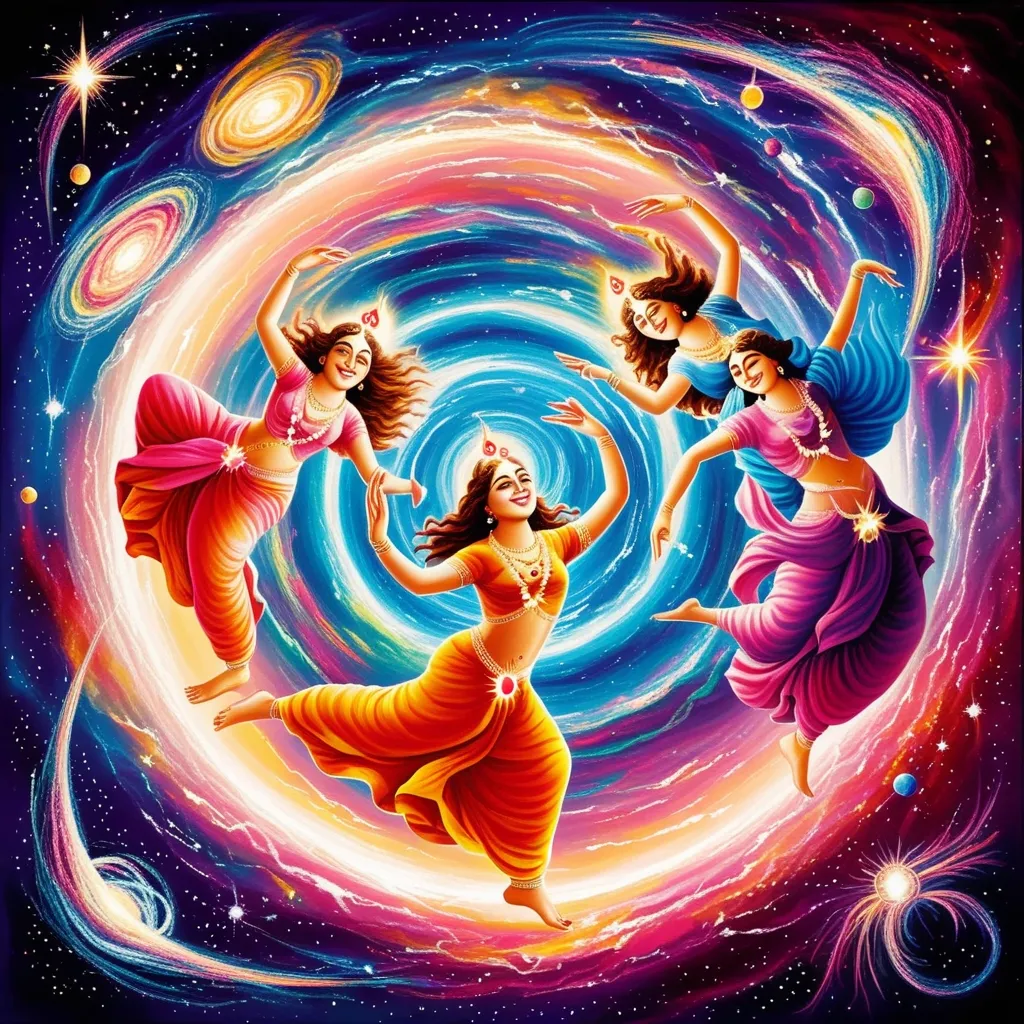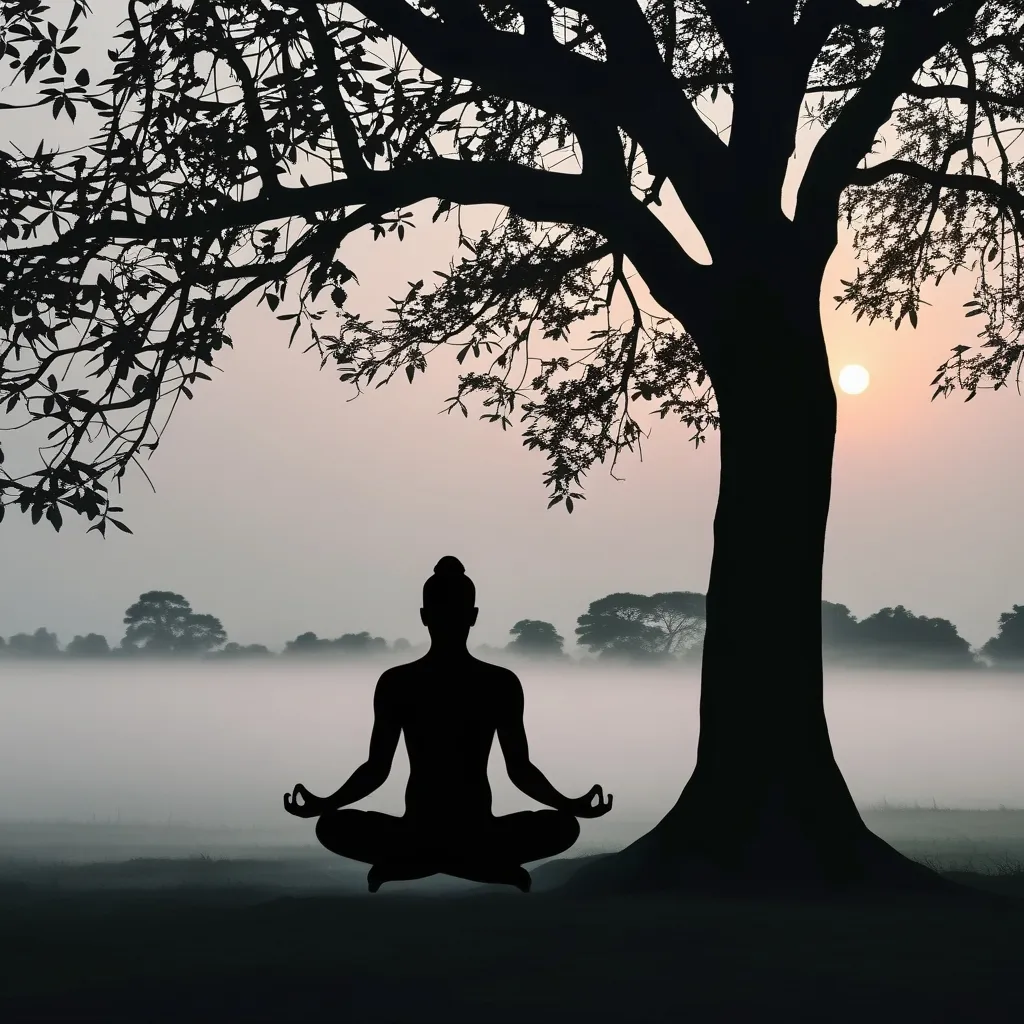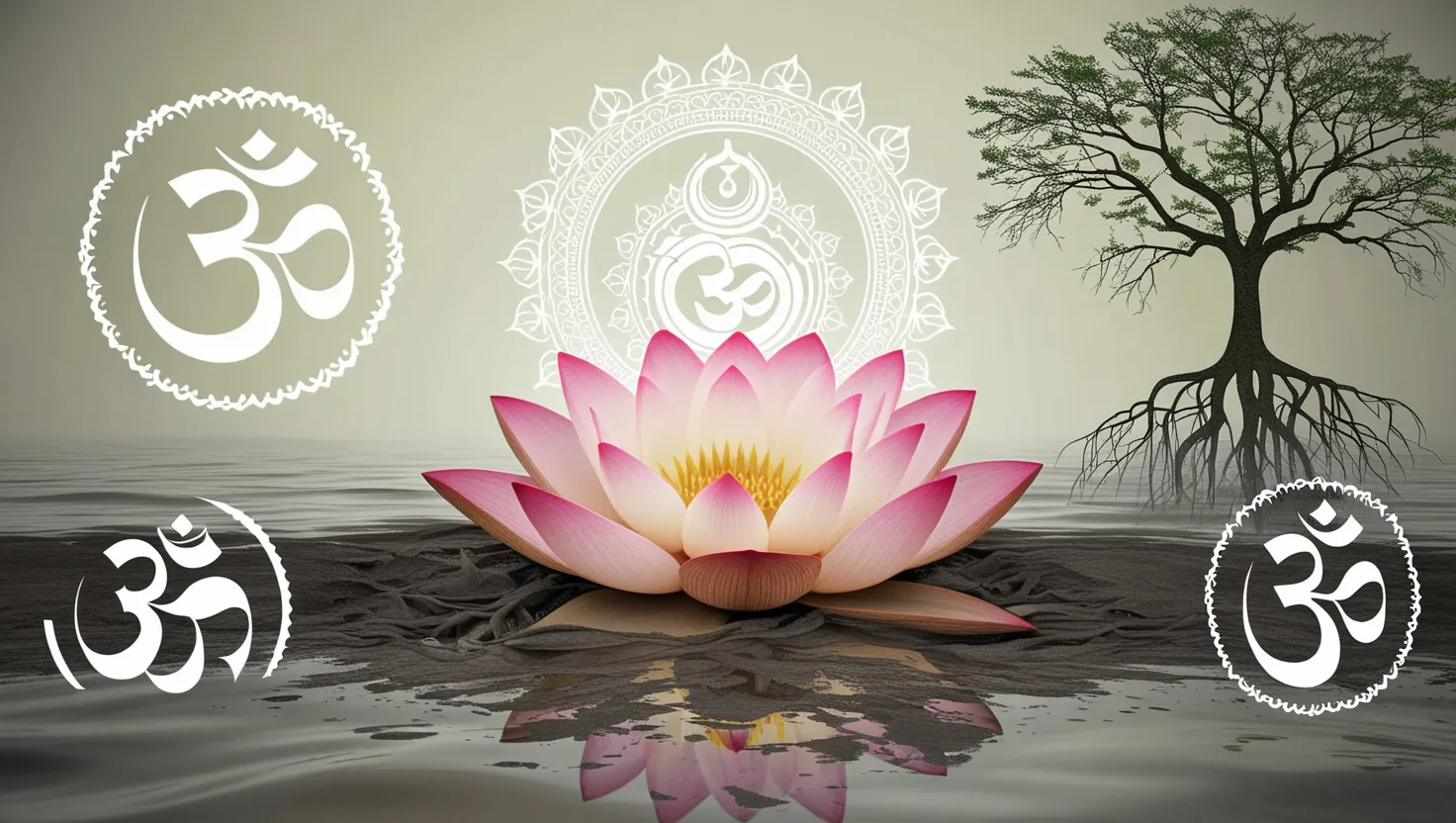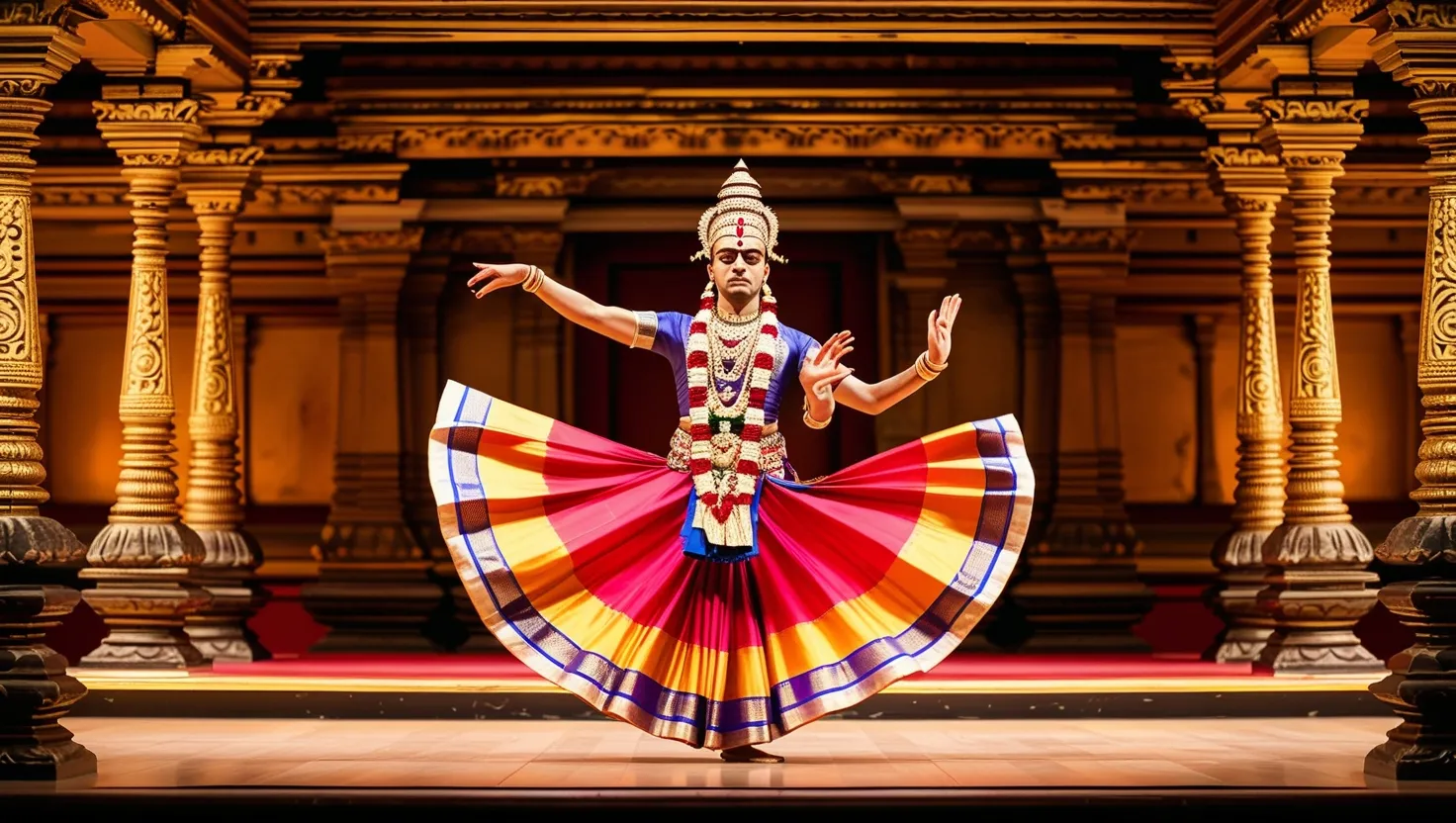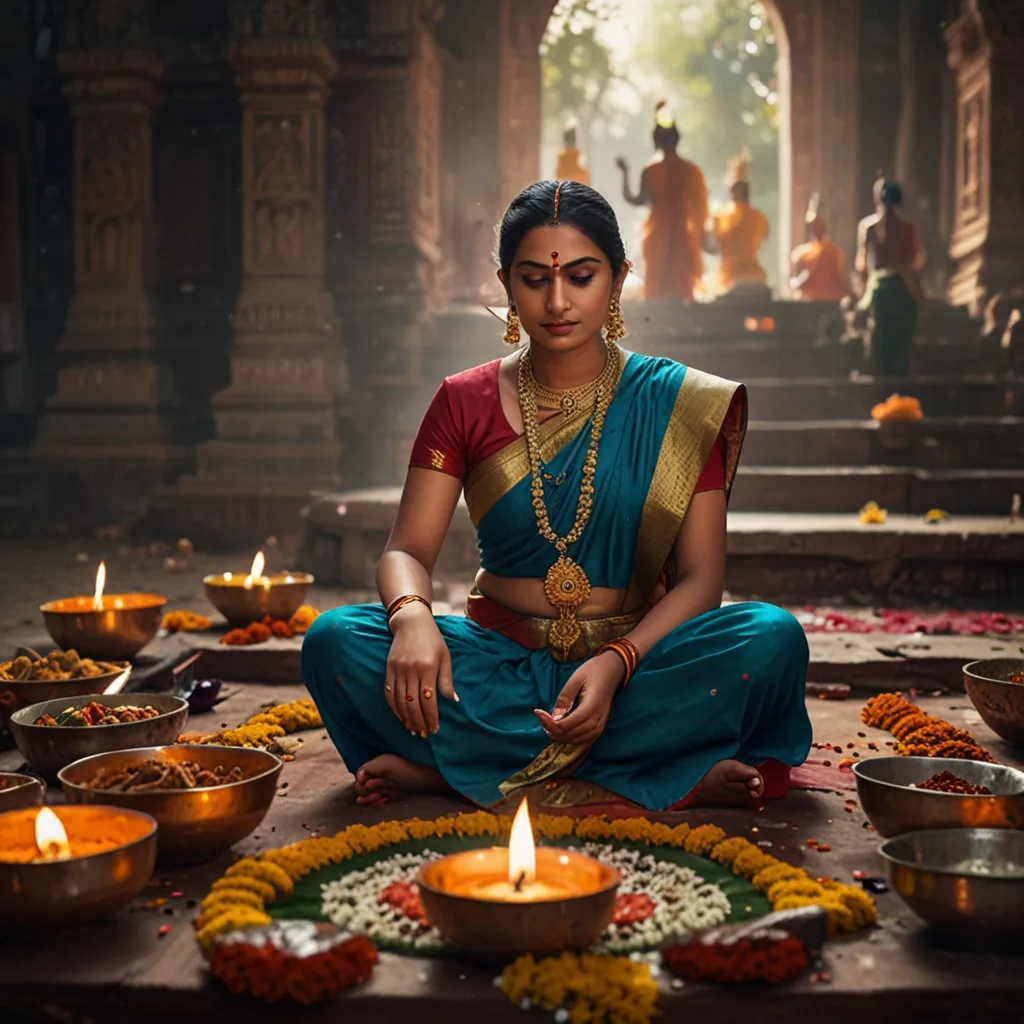As we delve into the rich tapestry of Hindu mythology, it’s easy to get caught up in the grand epics and divine battles that dominate the narratives. However, there is a group of celestial beings that, though often mentioned in passing, play a subtle yet profound role in shaping the cosmic harmony: the Gandharvas.
The Celestial Musicians
The term “Gandharva” translates to “musician” in Sanskrit, and these divine performers are revered for their exceptional musical talents. In the Vedic tradition, Gandharvas are depicted as male musicians and singers, while their female counterparts, known as Gandharvis, are celestial dancers. They are the entertainers of the heavenly courts, filling the palaces of the devas with melodious tunes and graceful dances.
Imagine attending a banquet in the heavenly realm of Indra, where the air is filled with the enchanting music of the Gandharvas. Their performances are not just mere entertainment but serve as a medium for spiritual elevation and divine communication. The Gandharvas’ music has the power to sway emotions and alter destinies, making them more than just celestial musicians.
Guardians of the Soma
One of the most intriguing roles of the Gandharvas is their association with the sacred Soma drink. In the Rig Veda, the Gandharva is described as a celestial being who guards and prepares the Soma, an intoxicating ritual beverage believed to bestow power on both gods and humans. This role highlights their importance in the divine rituals and their connection to the mystical and sacred.
Messengers Between Worlds
In the early Vedic texts, the Gandharva is often portrayed as a messenger between the divine and human worlds. They are credited with bringing secrets of the gods to select beings and escorting elements from distant realms into our world, stripping them of any potential danger. This intermediary role underscores their significance in bridging the gap between mortals and gods.
Nature Spirits and Fertility
Gandharvas are also associated with nature, often depicted as handsome, youthful men with exceptional healing powers. According to the Vishnu Purana, they are the sons of Lord Brahma or Kasyapa and Arishta, making them part of the divine lineage. Their connection to fertility and virility is evident in their role as husbands to the Apsaras, nymph-like female nature spirits who control the clouds and water.
The Enigmatic Figures
The nature of Gandharvas is capricious and multifaceted. They are known for their incomparable healing powers but can also cause madness. Some are described with human-animal hybridity, with faces like birds and hindquarters like horses or donkeys. This enigmatic nature makes them fascinating and sometimes feared beings.
Famous Gandharvas
Among the prominent Gandharvas, figures like Chitraratha and Viswavasu stand out for their extraordinary musical prowess. Chitraratha, for instance, is known for his enchanting melodies that could captivate the hearts of both gods and mortals. Viswavasu, another celebrated Gandharva, is often mentioned in the Mahabharata for his musical and dramatic skills.
Influence on Indian Classical Music
The legacy of the Gandharvas extends far beyond the celestial realm, influencing Indian classical music profoundly. Skilled singers in Indian classical music are often referred to as “Gandharvas” in homage to their divinely inspired abilities. The concept of nada yoga, which emphasizes the spiritual significance of sound, is deeply rooted in the musical traditions of the Gandharvas.
Spiritual Elevation Through Music
In Vedic thought, music is not just a form of entertainment but a pathway to spiritual elevation. The Gandharvas’ art form is intricately connected with consciousness and the cosmos. Their music is believed to have the power to elevate the soul, creating a harmony that resonates through both the celestial and earthly realms.
Personal Encounters and Legends
One of the most compelling aspects of Gandharva lore is the personal encounters they have with mortals. For example, Arjuna, the third Pandava, learned singing and dancing from the Gandharvas during his visit to the heavens. This story highlights the Gandharvas’ role as teachers and mentors, imparting their celestial knowledge to those who seek it.
Gandharva Marriages and Human Connections
In Hindu law, a “Gandharva marriage” is one contracted by mutual consent without formal rituals. This type of marriage is named after the Gandharvas, who are known for their passionate and often tumultuous relationships with Apsaras and sometimes even mortals. The story of Urvasi, an Apsara who lived with the human king Pururava, is a famous example of such a connection.
Buddhist and Jain Perspectives
While the Gandharvas are predominantly associated with Hinduism, they also feature in Buddhist and Jain traditions. In Buddhism, Gandharvas are among the lowest-ranking Devas, known for their musical skills and ability to fly through the air. They are connected with trees and flowers and sometimes cause disturbances to monks in solitary meditation.
In Jainism, Gandharvas are classed among the eight Vyantara Devas, with different sects describing them with varying characteristics. The Tumbaru is their sacred tree, and they are often depicted with golden or blackish complexions.
The Cosmic Harmony
The Gandharvas embody a rich tapestry of cultural significance, spiritual resonance, and interwoven mythologies across Indian religions. Their celestial melodies resonate through the ages, creating a cosmic harmony that transcends the boundaries of the divine and human worlds.
As we explore the mystical arts of the Gandharvas, we gain fresh insights into the power of sound and its role in spiritual practices. Their legacy continues to influence Indian classical music and the concept of nada yoga, offering a unique perspective on the interplay between art, spirituality, and the quest for harmony.
In the end, the Gandharvas remind us that even in the most mundane aspects of life, there lies a deep spiritual significance. Their music, a bridge between worlds, invites us to listen more deeply to the harmony that surrounds us, both in the celestial and earthly realms. As we tune into this cosmic symphony, we may just find ourselves elevated to a realm where music, consciousness, and the cosmos blend into a single, enchanting melody.
